|
Vicious piratical raiders with horns on their helmets? No, I'm not talking about Vikings (it's a myth that they sported horns in any case!), I'm talking about a much, much older people from several thousand years earlier. They would play a major role in the collapse of the Bronze Age. They were... the Sherden... Who Were the Sherden?The Sherden first rear their head from the mists of history in 1386 BC in the so-called 'Amarna Letters' - tablets exchanged between Egypt's Pharaoh and his vassals in Canaan and Amurru. Written in cuneiform script (wedge-shaped markings from the Latin cuneus = wedge) using the Akkadian language, these texts describe Pharaoh installing the Sherden as a garrison in the vassal city of Gubla (modern Byblos, Lebanon). Subsequent tablets, papyruses, monumental temple reliefs and stele show them marching with Egypt's armies as a mercenary wing. In this role they soon acquired a fearsome military reputation. By the time of the Battle of Kadesh (1274 BC) a select group had even risen to serve Pharaoh as a royal bodyguard corps. Reliefs attest to their gruesome role during that battle - serving as runners alongside the Egyptian chariots, tasked with hacking the hands from any dead or injured Hittites.
A Sherden warrior would typically be equipped with:
You'll notice the leftmost man in the image above carries a trident instead of a spear. The thinking here is that he is their leader, and that the trident symbolises the seafaring roots of his tribe. That brings us to our second question: the Sherden voyaged across the sea to come to Egyptian and Hittite lands, but from where exactly? The Lost Island of the SherdenOkay, so it's a cool-sounding subheading, but the Island of the Sherden is not really lost. One theory is that it's right here, red-ringed in this map of the Near East during the Late Bronze Age (roughly the 13th century BC). "Hold on," I hear you cry, "that's not the Island of the Sherden, that's Sardinia!" Yes it is Sardinia, but yes it was also - quite possibly - the Island of the Sherden. How do we know that? Well, onomastic study deals with mining information from place names and how they have changed over time. A slippery business, certainly. But often, the ancient root in the name of a landmark or city echoes and persists for many millennia, through manifold conquests, culture-shifts, population-influx, devastation, natural disaster and abandonment: think of Britain - the name stems from Roman Britannia, which itself came from the original Celtic term Pretanī; or the city of Trier in modern Germany, founded by the Celtic Treveri tribe in the 4th c BC, conquered by the Romans 300 years later and renamed Augusta Treverorum, then battered from every angle through the many centuries of the Dark and Middle Ages by migrating peoples and roving armies as Europe was carved up time and time again. In both instances, we can still see a plausible link between the original and current place names, and recorded history allows us to confirm the timeline. So it is with the Island of the Sherden -> Sardinia. Likewise with its southern Bronze Age neighbour, the Island of the Shekelesh... now known as Sicily (Not convinced? Say Sicily with the Latin 'hard c' to hear how close it sounds). However, debate continues as to whether the Sherden (and indeed the Shekelesh) inhabited their island before or after the period described in Empires of Bronze. Did they sail from the west to enter the politics of the Great Powers, or did they originate in the Near East and later voyage to and claim the island as their new home? We simply do not know for certain, as we don't have clear attestations that allow us to confirm either way. There is evidence and theory supporting both views. The Sardinian origin theory is supported by archaeological finds such as the Sherden-style sword discovered on Sardinia and dating from 1650 BC (several centuries pre-Empires of Bronze). The Sardinian destination theory is based on other plausible and closer (to the Near East) origins for the Sherden, such as Sardis on modern Turkey's Ionian coast - this fits in with an Egyptian record stating that the Sherden 'came from the north' and there is an onomastic link there too (Sardis->Sherden). The debate will continue to sway back and forth I have no doubt, and to be honest, that's half the fun of it all! Gordon Doherty is the author of the Empires of Bronze series, available at all good bookstores.
2 Comments
|
AuthorGordon Doherty: writer, history fan, explorer. My Latest BookArchives
March 2023
Categories |
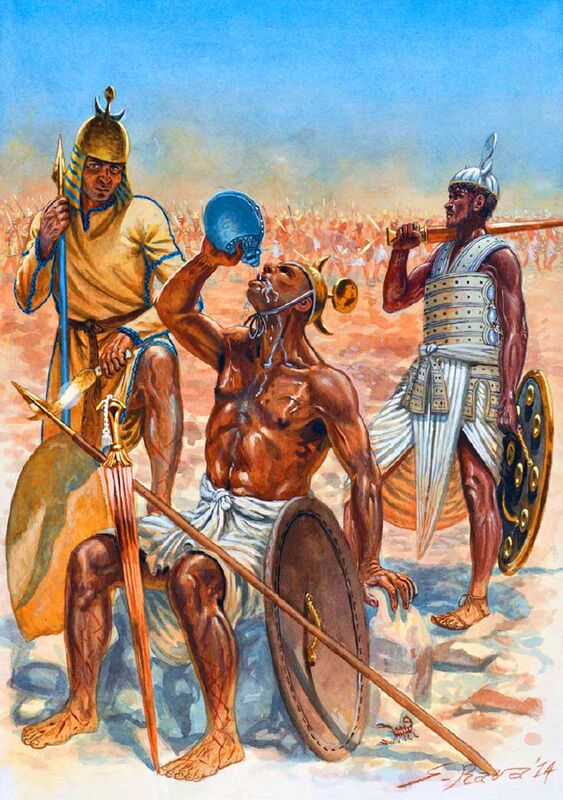
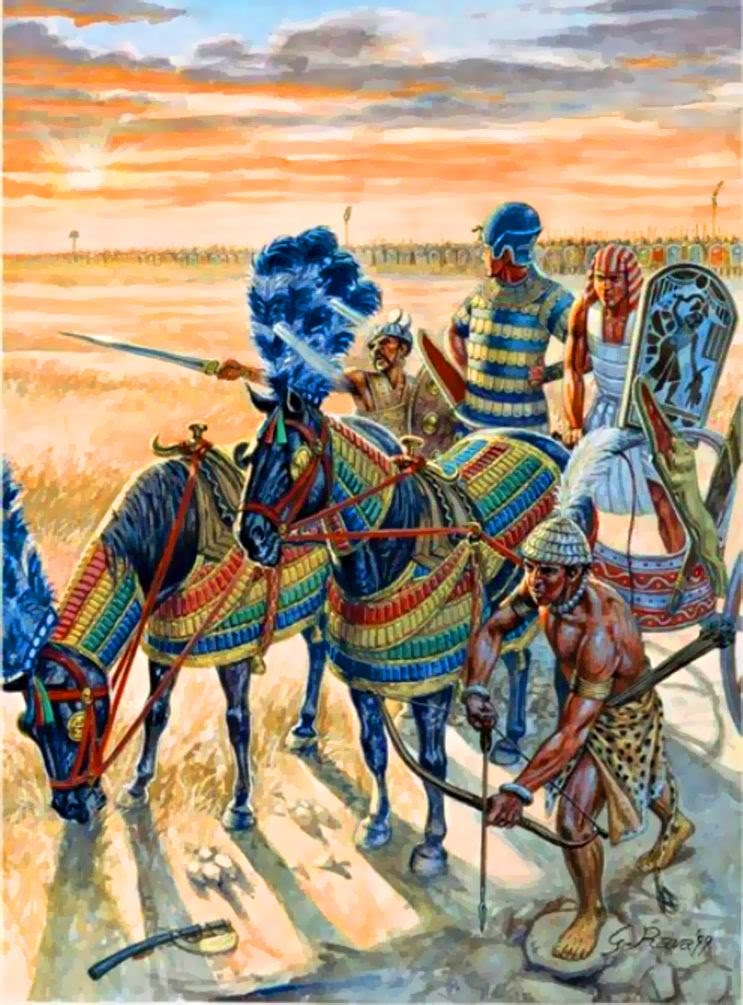
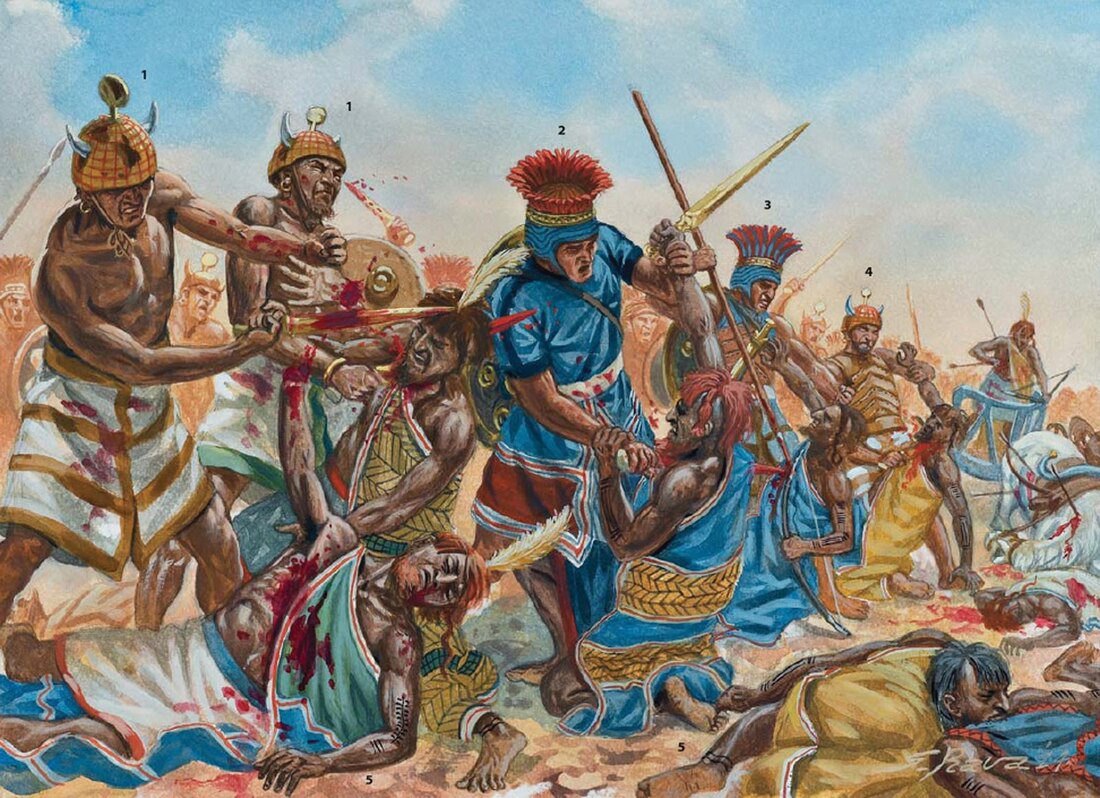
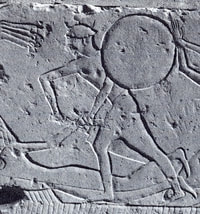
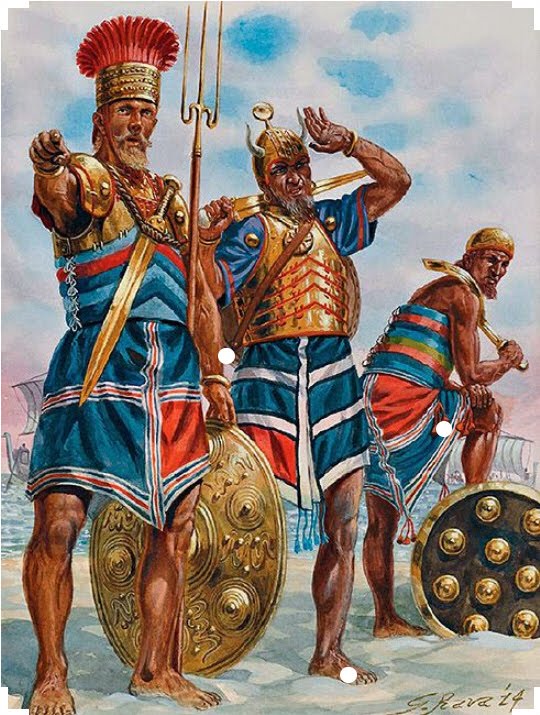
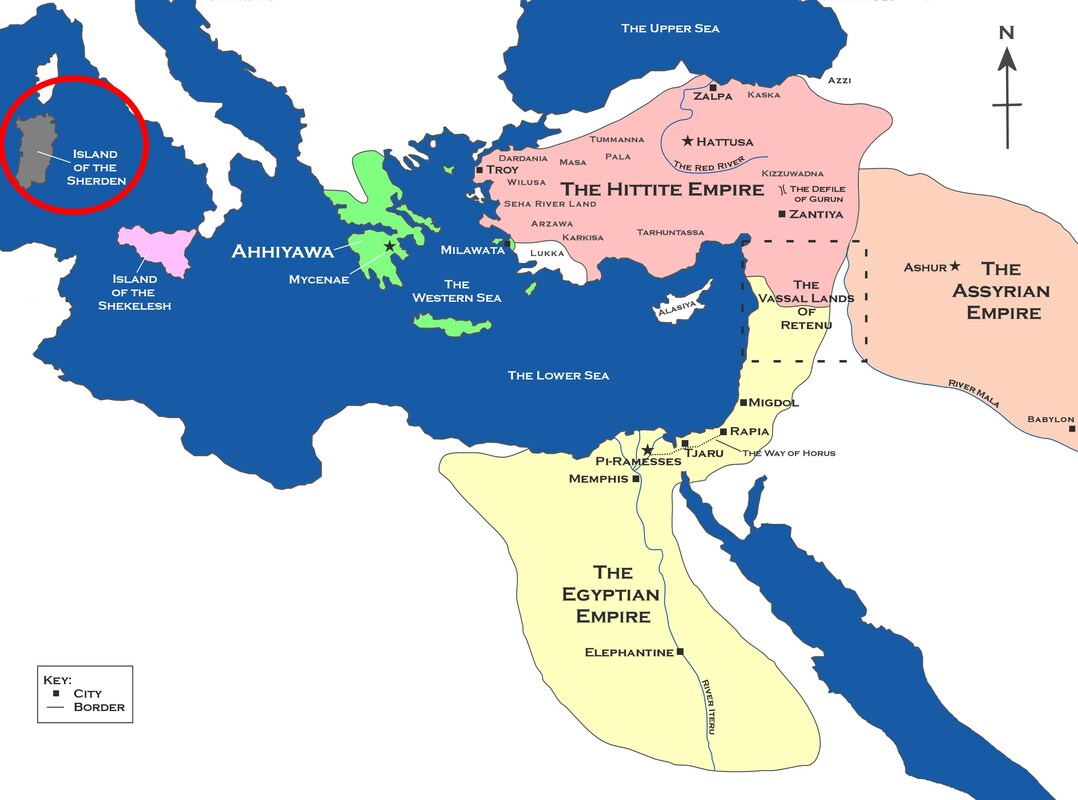
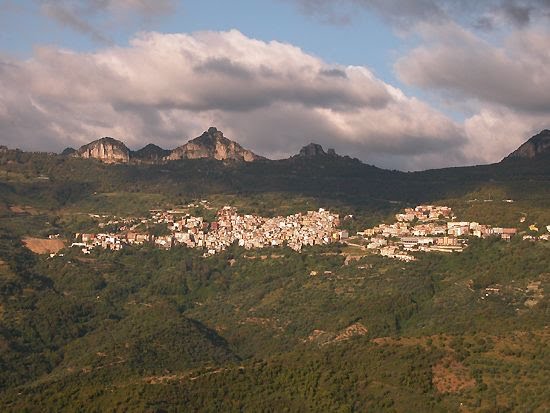
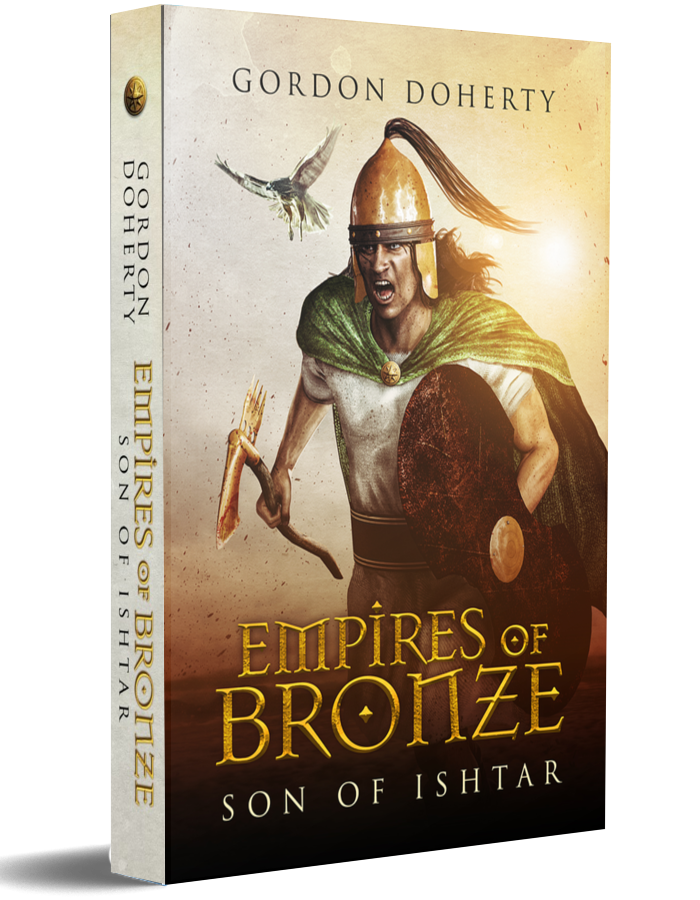

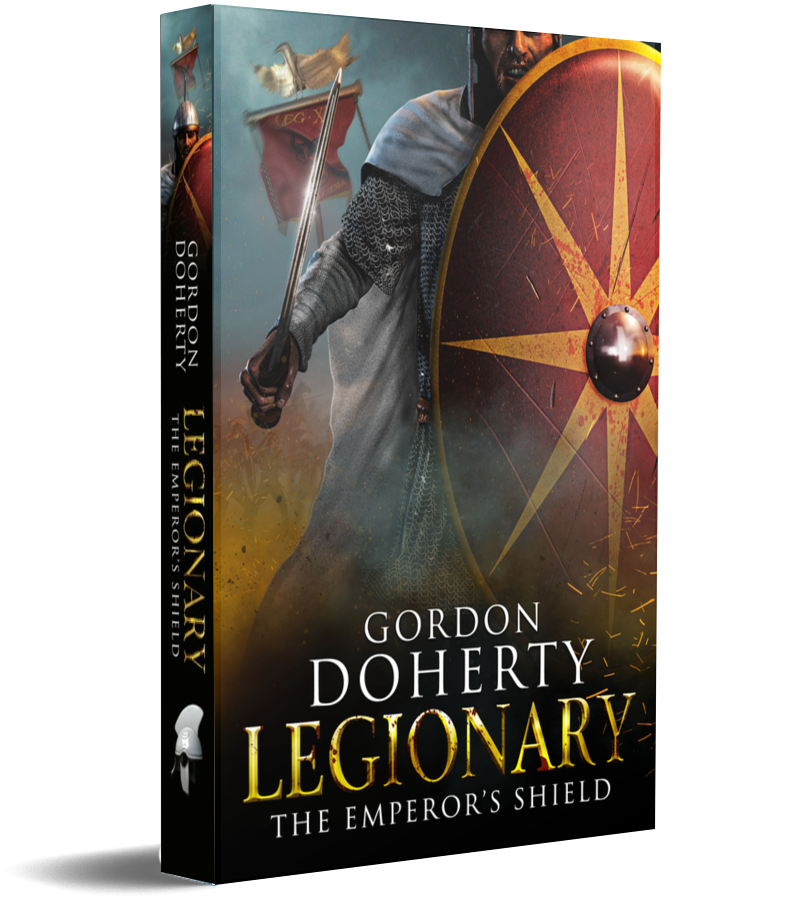
 RSS Feed
RSS Feed